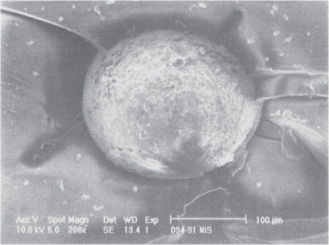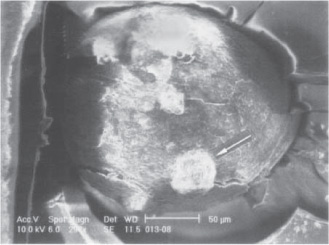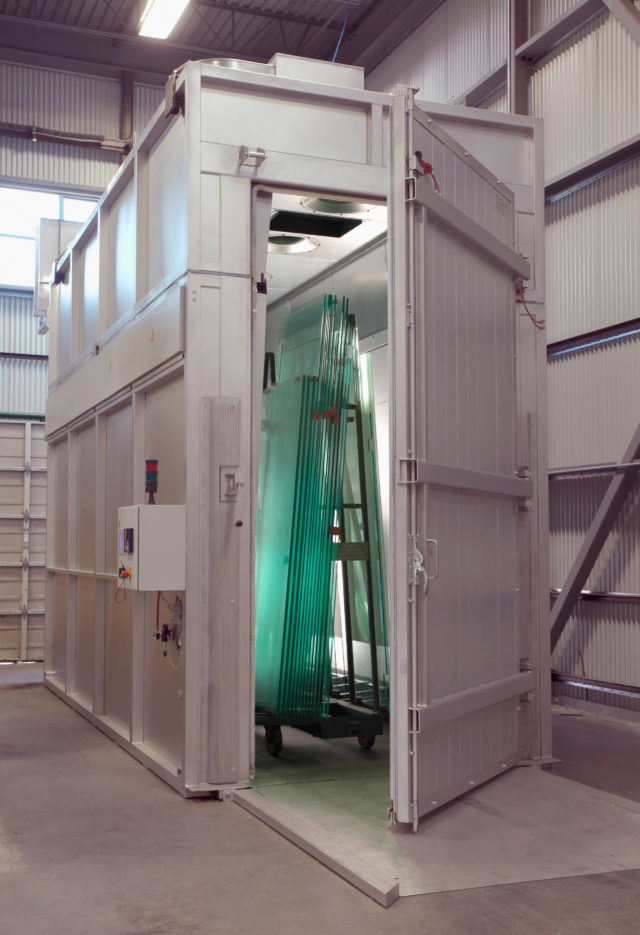Education
Heat Soaked Tempered Glass
When glass is heat-treated to produce tempered glass, nickel sulfide inclusions change size from what is known as a low-temperature (LT) structure to a high-temperature (HT), crystalline structure.When cooled quickly, the NiS particle is unable to change completely back to its original form (LT). Over time, NiS may slowly convert to its (LT) form but with an increase in volume of about 2-4%. That increase in size can cause spontaneous breakage.


Heat Soaked Glass: Providing a safer solution for tempered glass
Heat soaking is a process utilized to expose NiS inclusions in tempered glass before the glass reaches the field. It involves placing tempered glass inside a chamber and raising the temperature to approximately 290°C to accelerate the nickel sulfide expansion. During this process glass containing nickel sulfide inclusions will break inside the heat soak chamber, thus reducing the risk of potential breakage in the field.
Reduce the risk of site-breakage and glass fall-out
When glass breaks, it is typically due to thermal stress, edge quality, impact, wind or mechanical load. While breakage due to NiS are rare, it can happen without the presence of any other factors. The specifier must assess the risks and consequences of failure and spontaneous breakage when specifying tempered glass and determine if Heat Soaked Tempered Glass is required.
Heat soaking will reduce the incidence of failure due to nickel sulfide inclusions, therefore reducing the legal liability along with associated replacement, maintenance and disruption costs and the risk of the building being classified as unsafe.

- Structural Balustrades
- Railings
- Overhead Glazing
- Spandrels – if not Heat Strengthened
- Tempered glazing –if not Heat Strengthened or Annealed
- Structural Glazing with Spider or other fittings
- Commercial Exterior Frameless Glass Doors